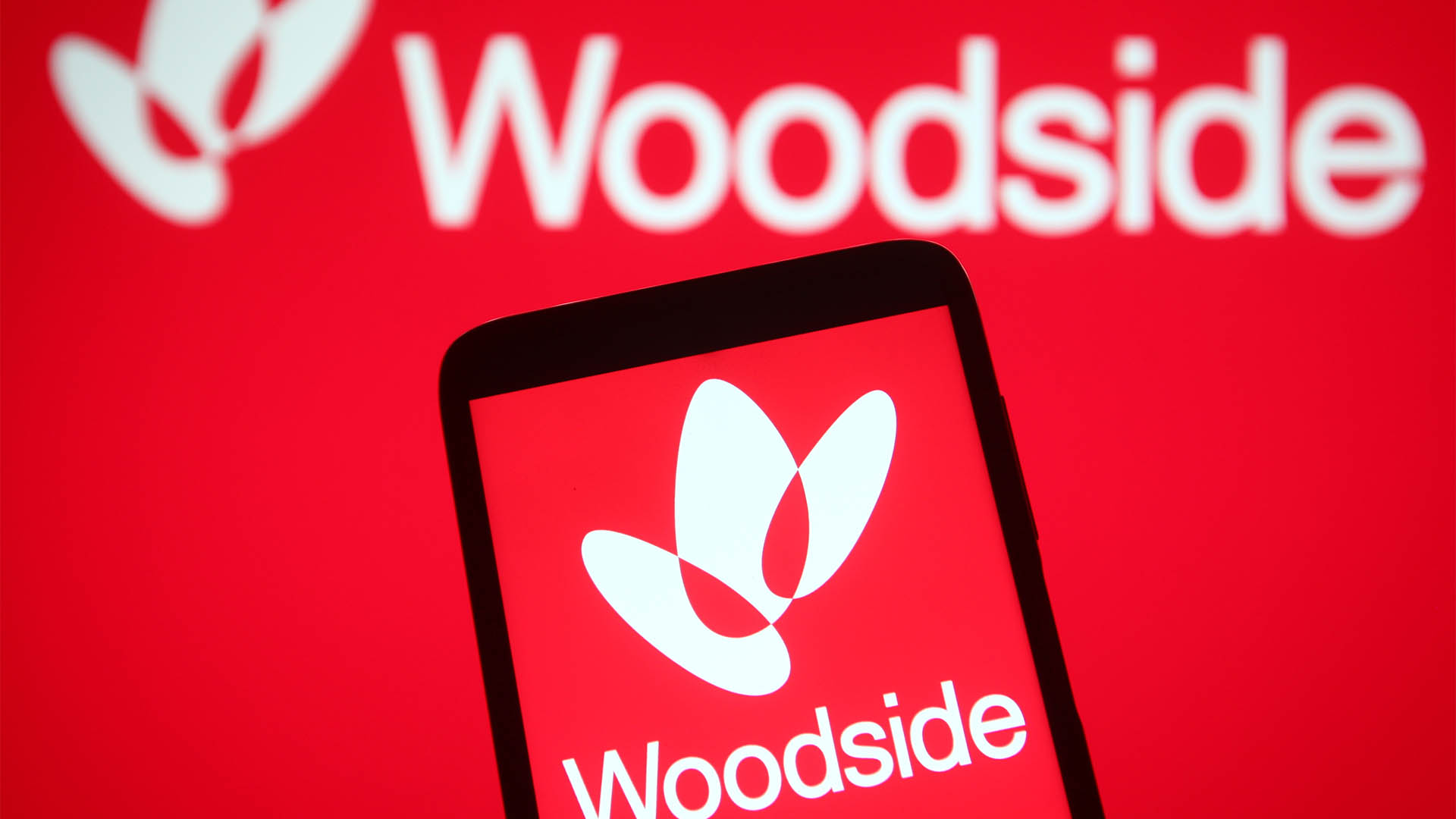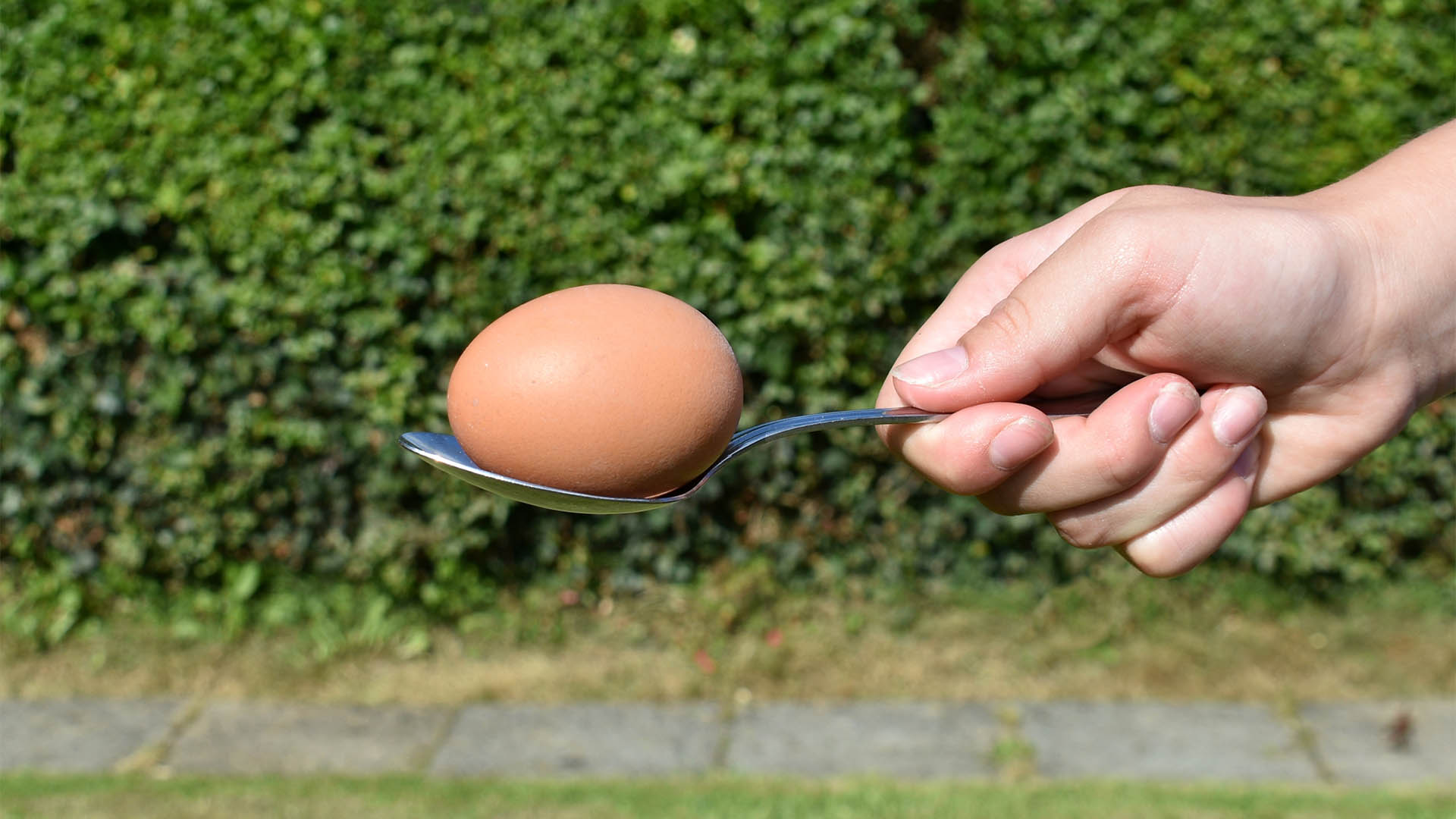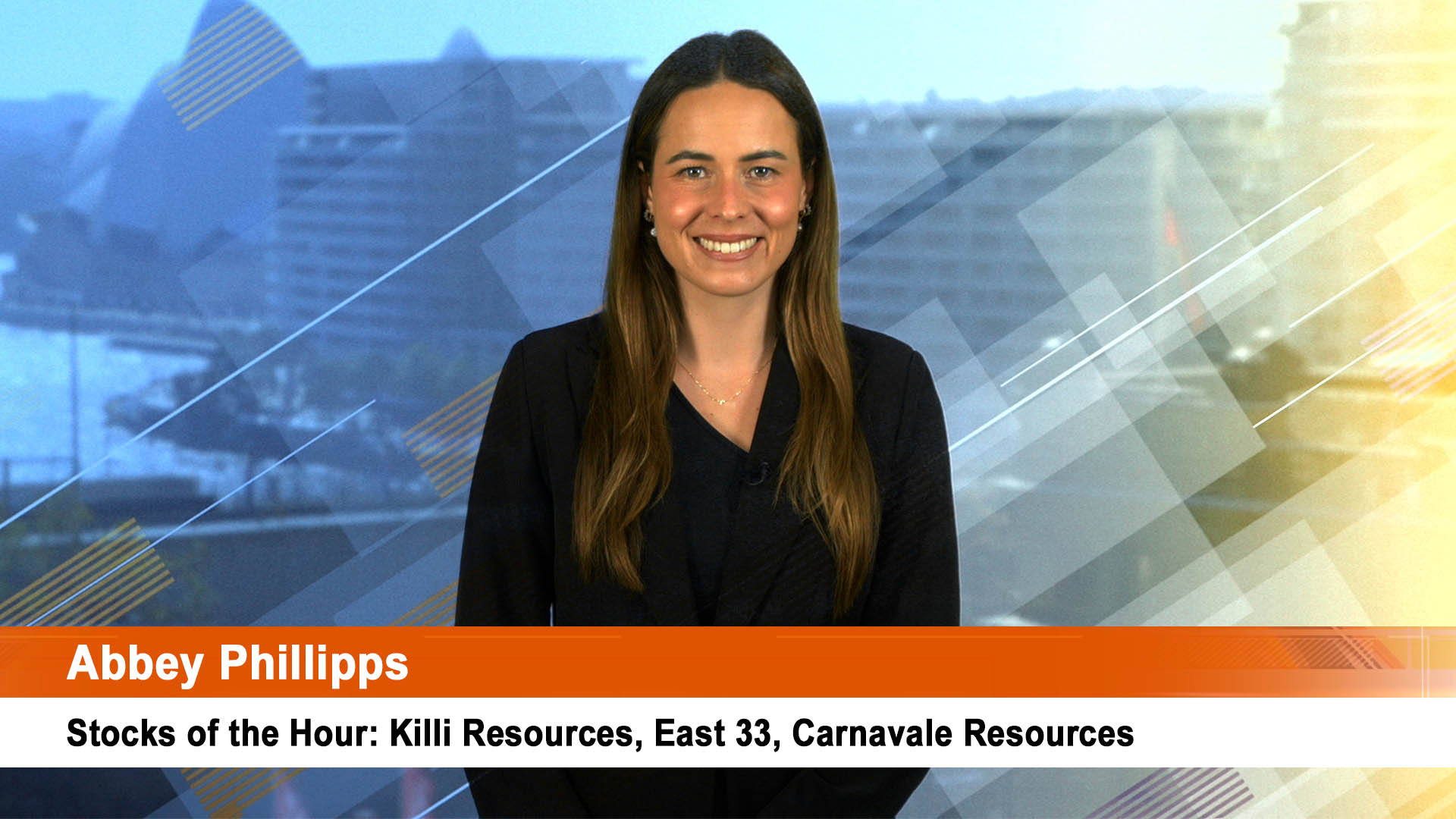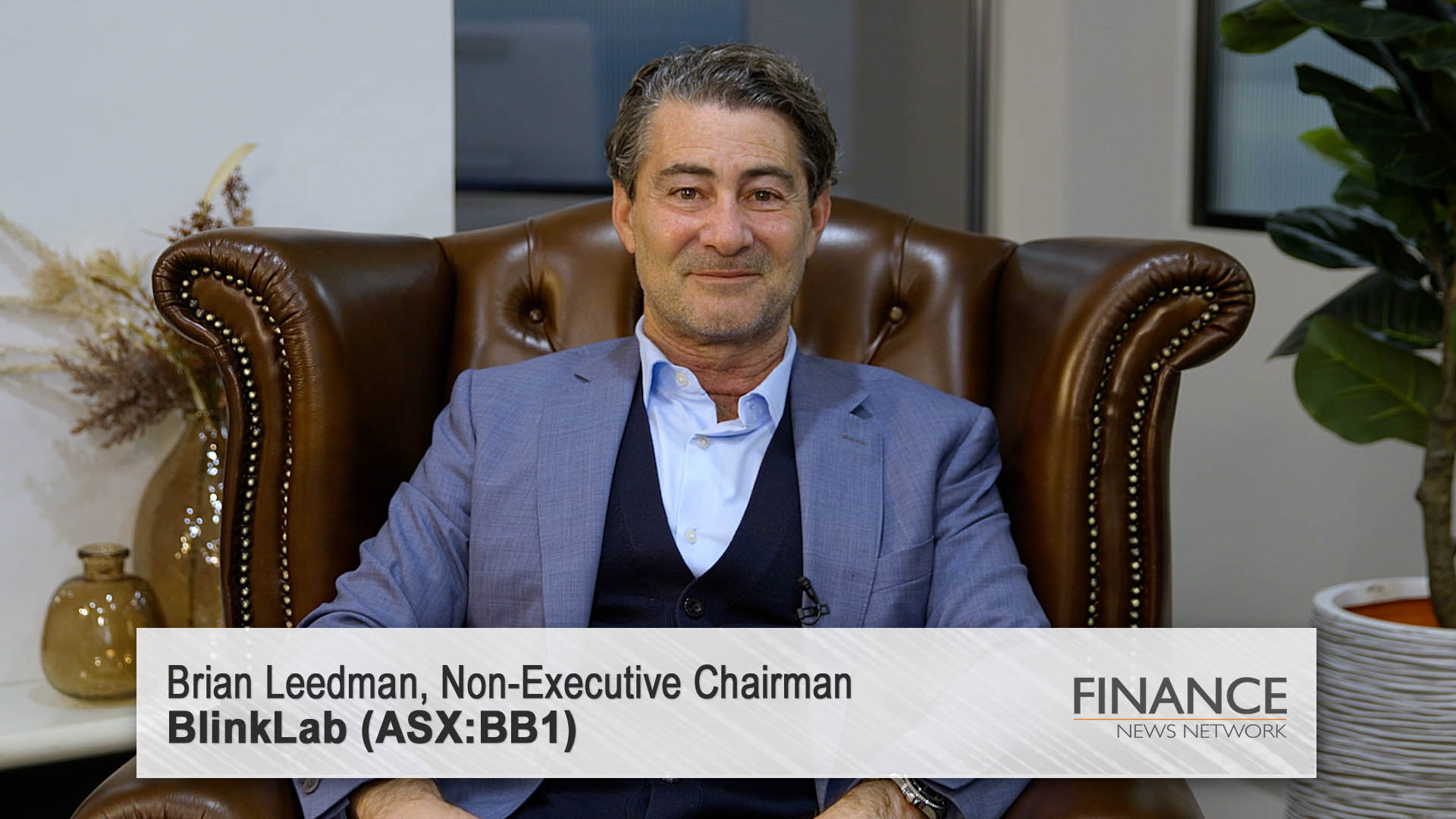Australia’s labour market grew at its fastest for four years confirming expectations at the Reserve Bank for a recovery in demand for labour, and supporting the confident forecasts this week from the National Australia Bank.
While the unemployment rate remained unchanged at 5.6% the August jobs report from the Australian Bureau of Statistics showed that 27,000 new full and part time jobs were added last month (that’s on the less volatile trend basis, there were 54,200 on the more volatile seasonally adjusted basis).
It was the 11th straight month of gains, the longest streak in 23 years.
“Full-time employment has now increased by around 253,000 persons since August 2016, and makes up the majority of the 307,000 person increase in employment over the period,” Chief Economist for the ABS, Bruce Hockman said in yesterday’s release.
The participation rate, which measures the percentage of the population in the labour market hit four year plus highs of 65.2% (trend) and 65.3% (seasonally adjusted) – levels not seen since April 2012.
In seasonally adjusted terms 269,000 jobs have been created so far this year, and the labour force has grown 257,000, meaning the jobless rate has remained steady at 5.6%. Over the past year, trend employment increased by 2.6%, which is well above the average year-on-year growth over the past 20 years (1.9%).
Indeed, with the participation at the highest since 2012 it means the labour supply is matching the growth in job numbers, thereby keeping a lid on wages growth, which is growing at a record-low1.9% in the year to June.
In its updated forecasts for the Australian economy on Wednesday, the National Australia Bank saw “particular strength in the labour market so far this year, with employment growth averaging 29,000 a month (with three quarters of those jobs full-time) and the unemployment rate easing to 5.6% in July from a recent high of 5.9% in March…. (the) stronger labour market which feeds into (slightly) higher wages growth. The unemployment rate is forecast to ease to 5.4% by end-2017, 5.3% by end-18 and 5.1% by end-19.”
And the RBA said in its September post meeting statement from Governor Phil Lowe "Employment growth has been stronger over recent months and has increased in all states. The various forward-looking indicators point to solid growth in employment over the period ahead. The unemployment rate is expected to decline a little over the next couple of years.”
The ABS said that the trend rate of employment growth of 2.6% "was greater than the growth in the population aged 15 years and over (1.7 per cent), which was reflected in an increase in the employment to population ratio (which is a measure of how employed the population is). This ratio increased by 0.6 percentage points since August 2016, up to 61.5. This is the highest it has been since February 2013.”
Over the past year the three states and territories with the strongest growth in employment were Tasmania (4.0%), Queensland (3.7%) and Victoria (3.2%).
The trend monthly hours worked increased by 3.9 million hours (0.23%) to 1,708.6 million hours in August 2017.













